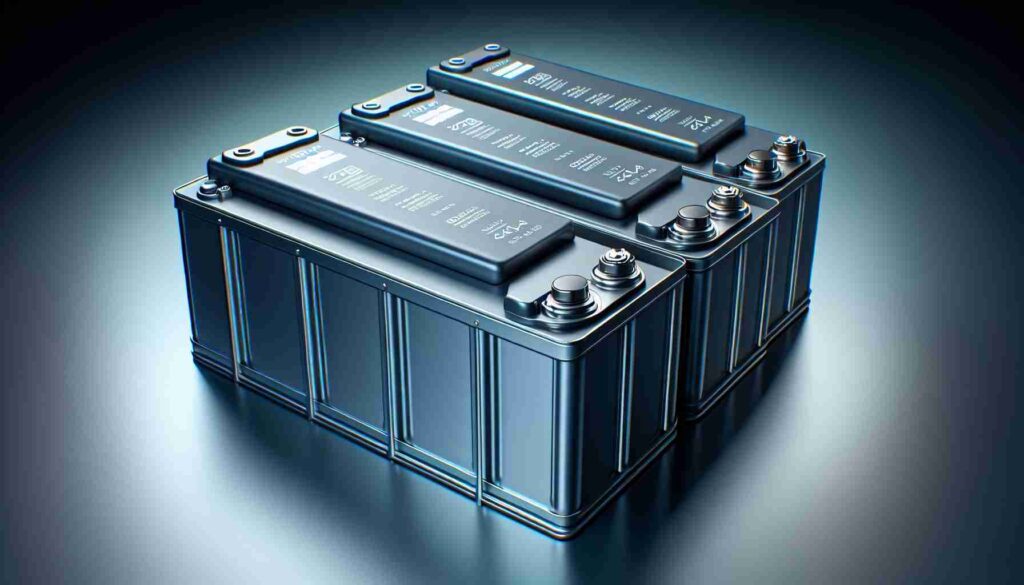Another critical structural difference between energy storage batteries and EV batteries lies in the thermal management systems designed to prevent overheating.
- Energy Storage Batteries:
- Typically, lead-acid or lithium-ion batteries used in energy storage applications operate under relatively controlled environments where rapid charge/discharge cycles are less frequent.
- The thermal management system is generally simpler, often relying on natural ventilation or basic cooling mechanisms due to the lower power output and slower discharge rates. This results in fewer structural requirements for active thermal regulation.
- EV Batteries:
- EV batteries, however, are exposed to more dynamic environments and often require rapid charge/discharge cycles. To ensure consistent performance and prevent overheating, they are equipped with complex cooling systems, such as:
- Liquid cooling systems: These are embedded within the battery pack, allowing the coolant to flow directly between the battery cells.
- Thermal pads or heat sinks: These components are added to absorb and dissipate heat efficiently, extending the life of the battery pack.
- These added structures contribute to the complexity and weight of EV battery packs but are crucial for maintaining safety and performance under high power demands.
- EV batteries, however, are exposed to more dynamic environments and often require rapid charge/discharge cycles. To ensure consistent performance and prevent overheating, they are equipped with complex cooling systems, such as:
In summary, EV batteries have more advanced thermal management structures due to the higher energy throughput, whereas energy storage batteries generally rely on simpler systems.


